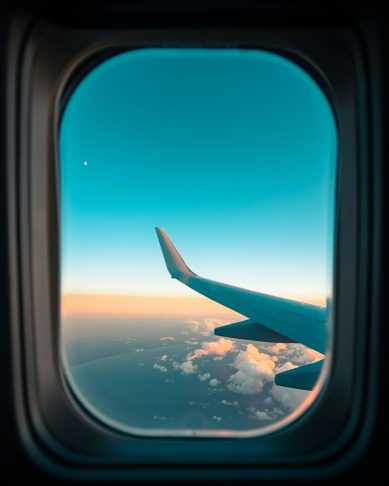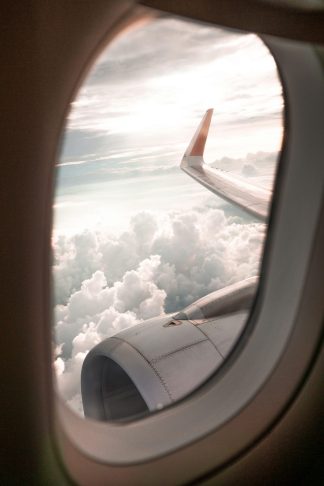However, behind this seemingly minor protocol lies a significant safety rationale that airlines adhere to rigorously. The directive to keep the shade raised serves a pivotal purpose in ensuring the safety and preparedness of both passengers and crew.

Pilot Patrick Smith, renowned for his expertise in aviation, elaborates on the importance of this practice. By allowing the window shade to remain open, flight attendants gain unimpeded visibility of the aircraft’s exterior. This visibility is paramount for swiftly identifying and assessing any potential hazards, such as fire or debris, that may pose obstacles during an emergency evacuation.

In essence, the open shade acts as a visual aid, enabling crew members to make informed decisions regarding the safest route for passengers to disembark in the event of an emergency.
Moreover, the ability to promptly evaluate external conditions plays a pivotal role in meeting crucial safety benchmarks. Aviation regulations stipulate that a flight must be evacuated within 90 minutes in the event of an emergency. The information gleaned from the unobstructed view provided by open window shades contributes significantly to achieving this goal.

By swiftly identifying the safest side of the aircraft for evacuation, crew members can expedite the evacuation process, potentially saving precious minutes and ensuring the safety of all on board. Beyond its role in facilitating safety assessments, the practice of keeping window shades open serves an additional purpose. In moments of sudden impact or turbulence, passengers may experience disorientation.
However, the presence of natural light filtering through the windows helps individuals maintain a sense of spatial awareness.
